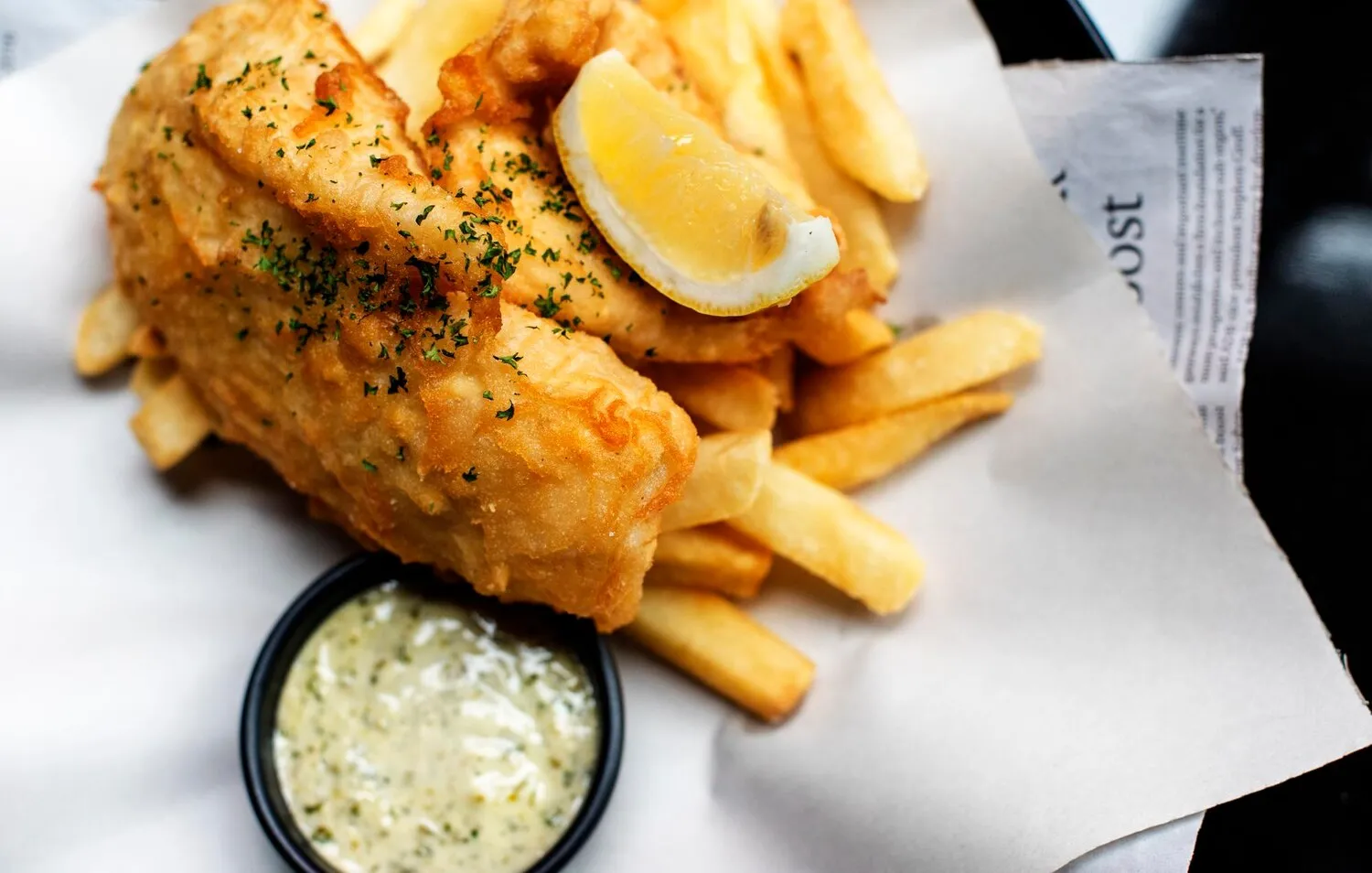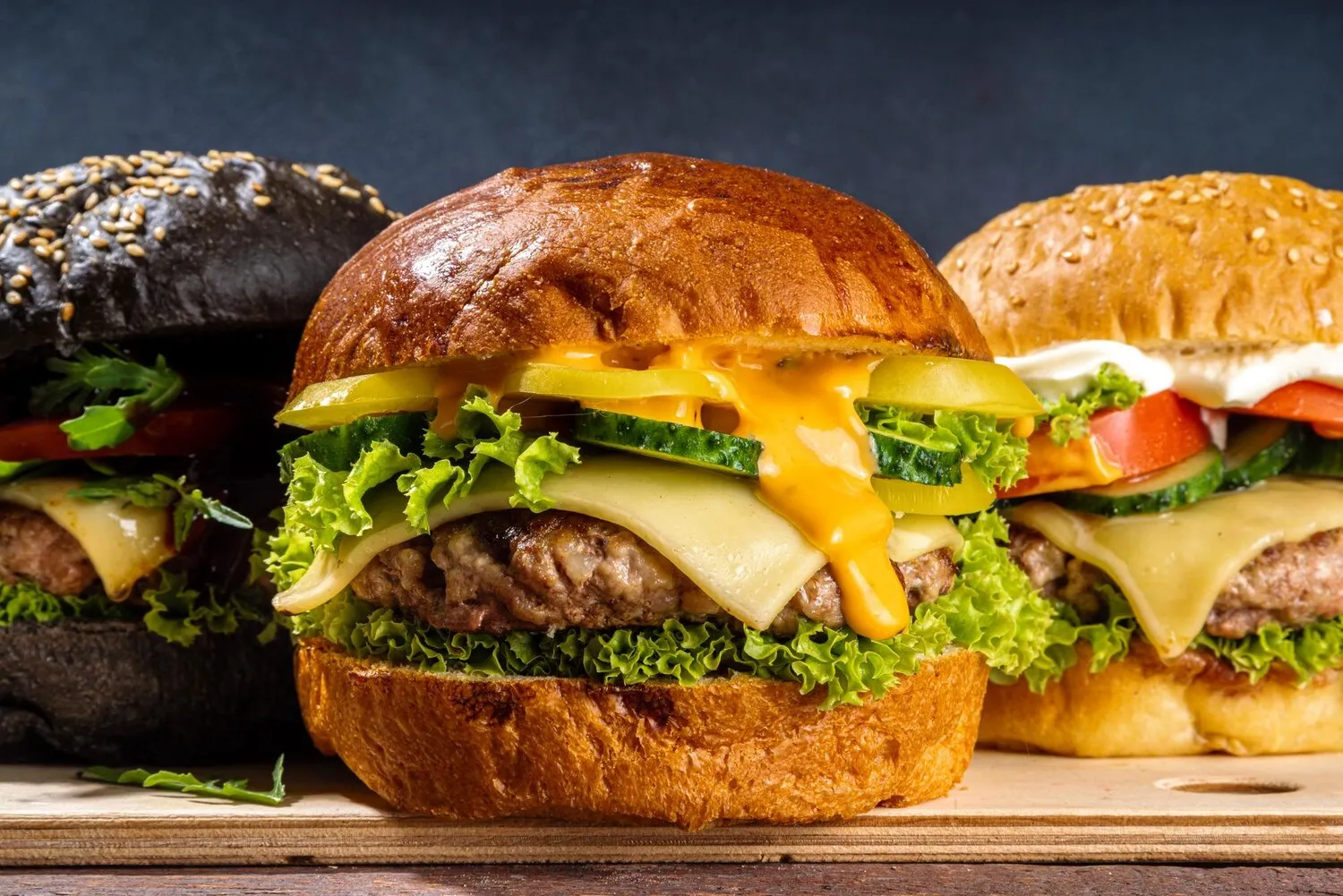
Pies
Selection of savory pies with different fillings, often served with mashed potatoes or chips and gravy.
Nutrition Facts
* The % Daily Value (DV) tells you how much a nutrient in a serving of food contributes to a daily diet. 2,000 calories a day is used for general nutrition advice.
The Red Lion, Parliament Street
Pies have a long history, dating back to ancient civilizations. Early pies were often made with a simple pastry crust that served as a container for fillings. The Romans spread the concept throughout Europe, and the English further developed pie-making, creating numerous sweet and savory variations that are now deeply ingrained in their culinary tradition. The fillings evolved based on available ingredients and regional preferences.
Pies hold a significant cultural place in many societies, often associated with comfort food, holidays, and family gatherings. They are more than just food; they are symbols of home, tradition, and celebration.
British Cuisine Staple
In Britain, pies are a national dish, with numerous regional variations and traditions surrounding them. From meat pies served at football matches to sweet pies enjoyed at afternoon tea, they are a constant presence in the culinary landscape.
Holiday Traditions
Pies are often featured prominently in holiday celebrations. Pumpkin pie is a Thanksgiving staple in the United States, while mince pies are a traditional Christmas treat in Britain.
Comfort Food
Pies evoke feelings of nostalgia and comfort. Their warm, familiar flavors and textures provide a sense of security and well-being.
Pies offer a wide range of flavors, from sweet and fruity to savory and meaty. The key lies in the interplay between the crust, which provides a textural base, and the filling, which delivers the dominant flavor profile.
Sweet pies often feature fruit fillings like apples, berries, cherries, or rhubarb, sweetened with sugar and sometimes enhanced with spices like cinnamon, nutmeg, or cloves. Savory pies can include meat (beef, chicken, pork, lamb), vegetables (potatoes, onions, carrots, mushrooms), cheese, and herbs like thyme, rosemary, and sage. Gravy or other sauces bind the filling and add richness. The crust itself can contribute flavor, with variations like shortcrust pastry being buttery and crumbly, while puff pastry is light and flaky.
Crust Perfection
Use cold butter and ice water when making pie crust to prevent the gluten from developing too much, resulting in a tender, flaky crust. Handle the dough as little as possible.
Preventing a Soggy Bottom
Blind bake the pie crust before adding a wet filling to prevent it from becoming soggy. You can use pie weights or dried beans to keep the crust from puffing up.
Perfecting the Filling
Adjust the sweetness and seasoning of the filling to your taste. Thicken fruit fillings properly to prevent them from being too runny. For savory pies, ensure the meat is cooked thoroughly before adding it to the pie.
Explore additional Pub food dishes and restaurants
Explore Pub foodDiscover top dining spots and culinary experiences in London.
Explore LondonLearn more about the food culture, restaurant scene, and culinary heritage of UK.
Explore UK
